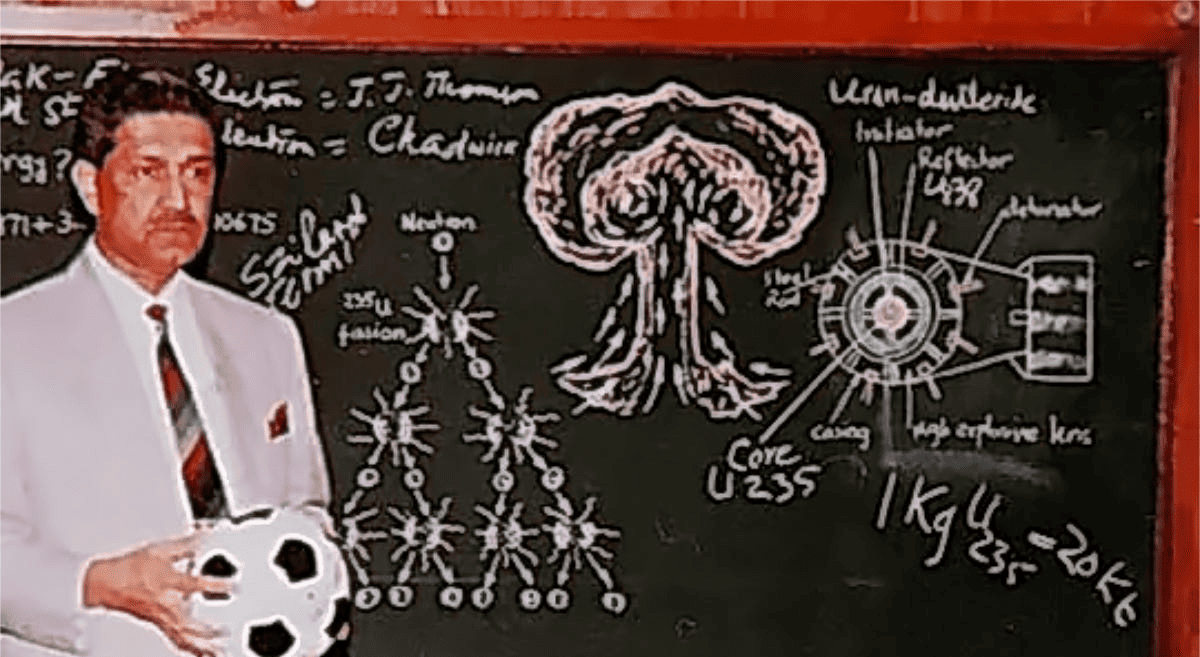Applying Game Theory To First-Past-The-Post Elections
If you want to win, you need to understand what the game is, how it works, and the best strategies to win it instead of complaining it's rigged because you keep losing. British elections are Blotto distribution games. The winner obtains the most seats, and gets to enact their will by passing bills.






